How to Build a Raised Deck: Key Considerations and DIY Tips
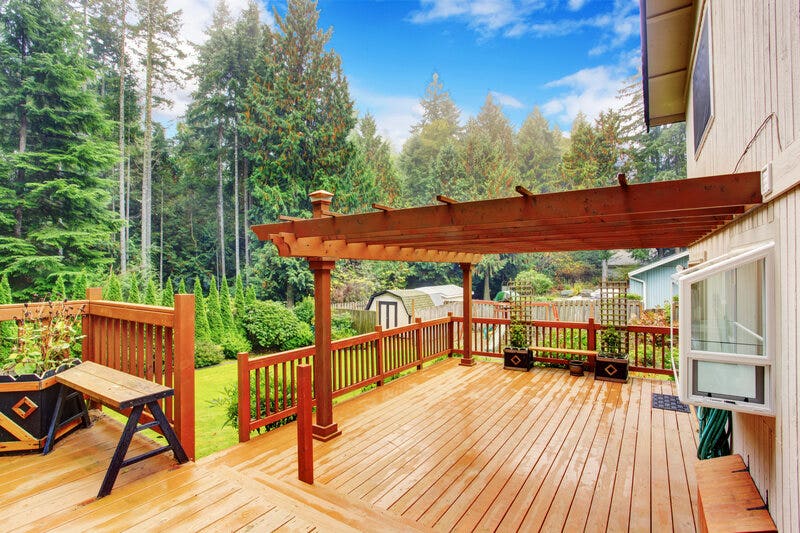
Creating a raised deck in your backyard can be a rewarding DIY project that adds both beauty and functionality to your outdoor space. However, before you grab your tools and start building, there are several key considerations to keep in mind to ensure the success of your project.
From choosing the right materials and design to understanding local building codes and obtaining necessary permits, proper planning is essential for a smooth and safe construction process. In this article, we will explore the key considerations and provide you with some helpful DIY tips to guide you through the process of building your own raised deck. Whether youre a seasoned DIY enthusiast or a novice builder, this comprehensive guide will help you create a stunning deck that you can enjoy for years to come.
Planning Your Raised Deck: Key Considerations
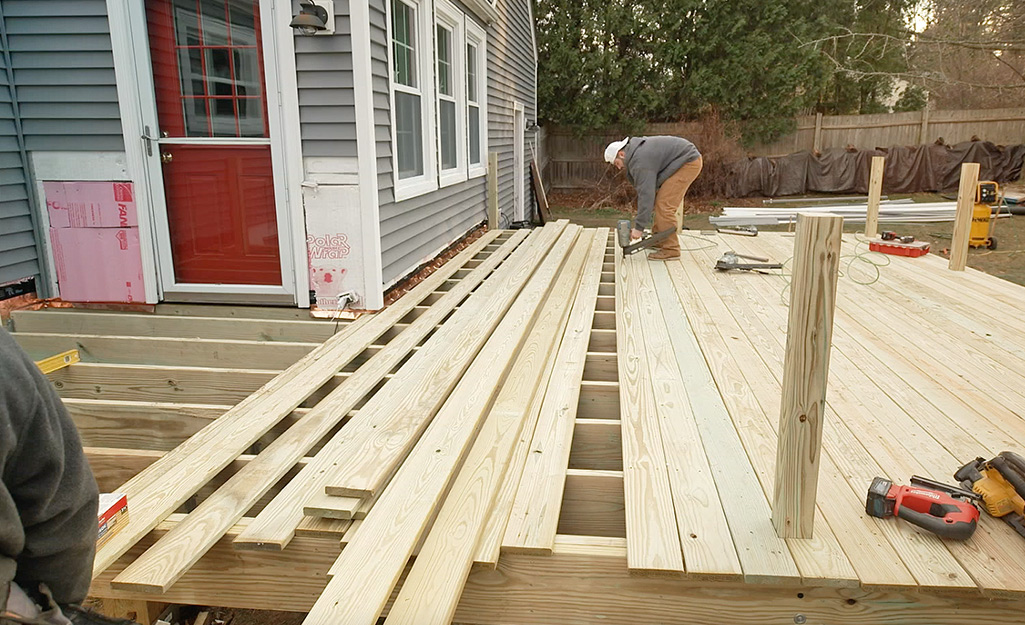
Source: www.homedepot.com
When planning your raised deck, there are several key considerations to keep in mind to ensure a successful and functional structure. First and foremost, you’ll need to determine the size and shape of your deck, taking into account the available space in your backyard or outdoor area.
Additionally, consider the height of the deck and any railing or safety features that may be necessary. Think about the purpose of your deck – will it be used for entertaining, dining, or simply relaxing? This will help determine the layout and design of the deck.
Another important factor to consider is the materials you will use for construction, taking into account durability, maintenance, and aesthetics. By carefully planning these key considerations, you can create a raised deck that not only enhances your outdoor space but also fits your lifestyle and needs.
Choosing the Right Materials for Your Raised Deck
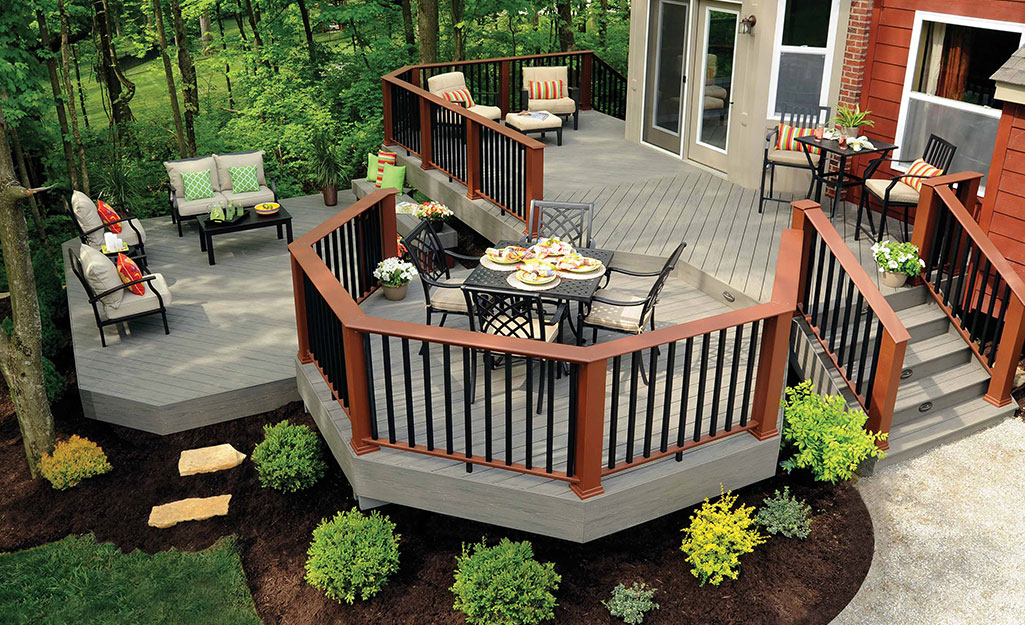
Source: www.homedepot.com
Selecting the appropriate materials for your raised deck is a critical decision that will ultimately determine the overall look, feel, and longevity of your outdoor space. Factors such as climate, maintenance requirements, and budget all play a role in choosing the right materials for your project.
Popular options include pressure-treated wood, cedar, redwood, composite decking, and PVC decking. Pressure-treated wood is a cost-effective choice that provides a traditional look, while cedar and redwood offer natural beauty and durability.
Composite decking is a low-maintenance option that mimics the look of wood, while PVC decking is highly durable and resistant to moisture, mold, and fading. Consider your specific needs and preferences when selecting materials for your raised deck to ensure a successful and satisfying outcome.
Tools and Equipment Needed for Building a Raised Deck
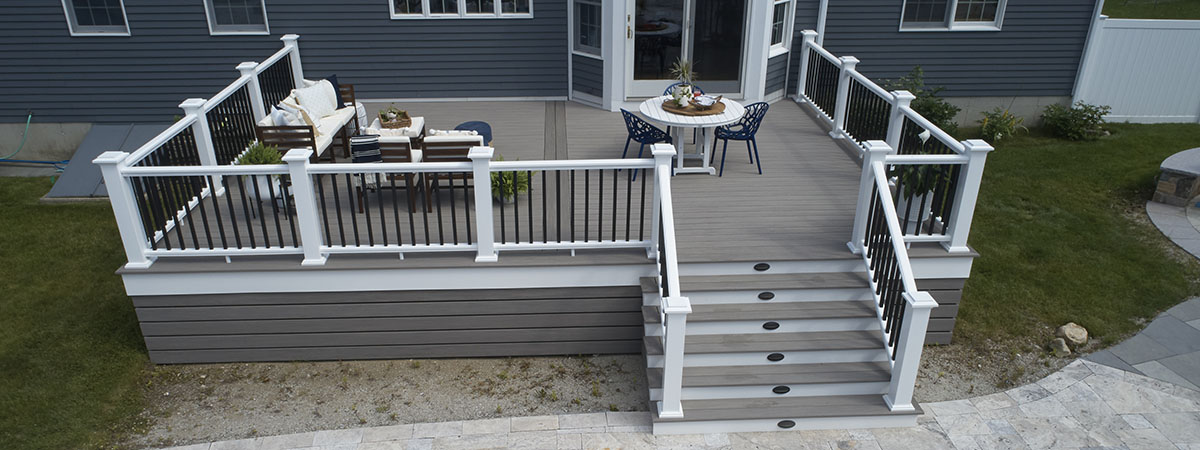
Source: www.timbertech.com
To build a raised deck, there are several tools and equipment that are essential for the job. You will need a tape measure to accurately measure the dimensions of the deck area, a level to ensure that your deck is flat and stable, a circular saw to cut the lumber to the appropriate lengths, a drill with various size bits for securing the deck boards and frame together, and a hammer for any necessary nailing.
Additionally, a shovel will be needed for digging holes for the support posts, and a wheelbarrow for transporting materials such as gravel, concrete, and lumber. It is also recommended to have safety gear on hand such as gloves, safety goggles, and ear protection to ensure a safe and successful deck building project.
Finishing Touches and Maintenance for Your Raised Deck
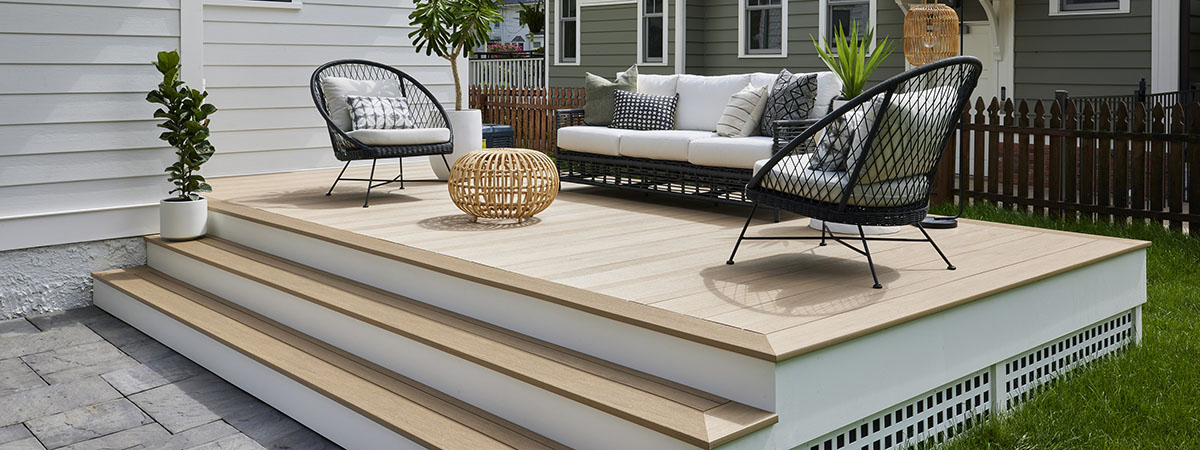
Source: www.timbertech.com
As you put the finishing touches on your raised deck, it’s important to remember the maintenance required to keep it looking great for years to come. To protect your investment, consider applying a waterproof sealant to the wood every few years to prevent rot and decay.
Regularly inspect the deck for loose or damaged boards, and replace them as needed. Clean the deck with a mild detergent and water at least once a year to remove dirt and debris that can cause staining or damage.
Additionally, trim back any overhanging branches or bushes that may come into contact with the deck, as well as sweep dirt and leaves off the deck regularly to prevent mold and mildew growth. By staying on top of these maintenance tasks, your raised deck will continue to provide a beautiful and functional outdoor space for years to come.
Safety Guidelines for Building and Enjoying Your Raised Deck

Source: www.thinkwood.com
When it comes to building and enjoying your raised deck, safety should always be a top priority. Start by carefully planning and designing your deck to ensure it meets all necessary building codes and regulations.
Use high-quality materials and tools when constructing your deck, and always follow manufacturer instructions. It’s also important to regularly inspect and maintain your deck to ensure it remains safe for use.
When enjoying your deck, be mindful of weight limits and avoid overcrowding. Consider adding safety features such as railings, lighting, and non-slip surfaces to prevent accidents.
By following these guidelines, you can create a safe and enjoyable outdoor space for years to come.
Conclusion
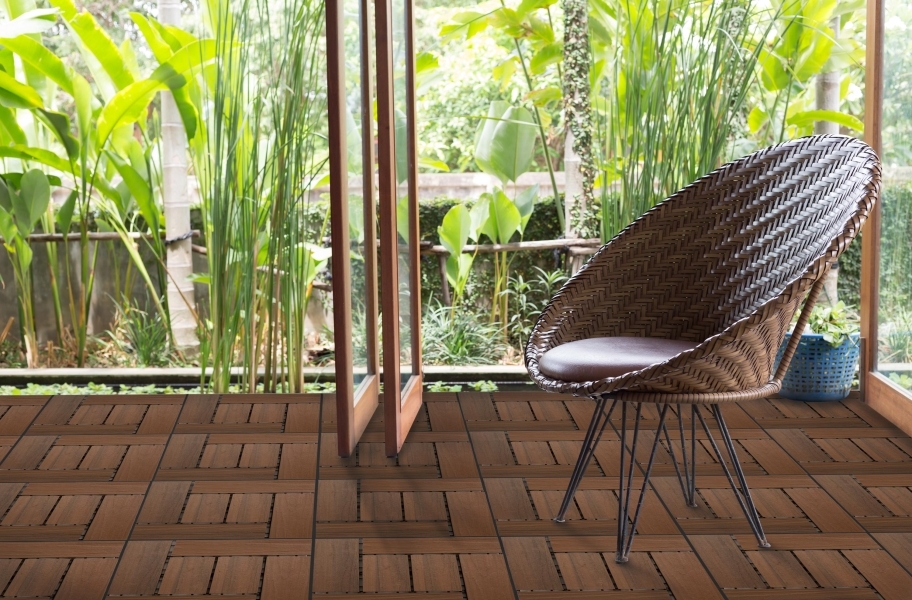
Source: www.flooringinc.com
In conclusion, building a raised deck can be a rewarding DIY project that adds beauty and functionality to your outdoor space. By considering factors such as location, permits, materials, and design, you can create a sturdy and stylish deck that enhances your home.
For more expert advice and assistance, consider hiring professional deck builders Toronto who can help bring your vision to life. With proper planning and careful execution, you can enjoy a beautiful raised deck for years to come.





